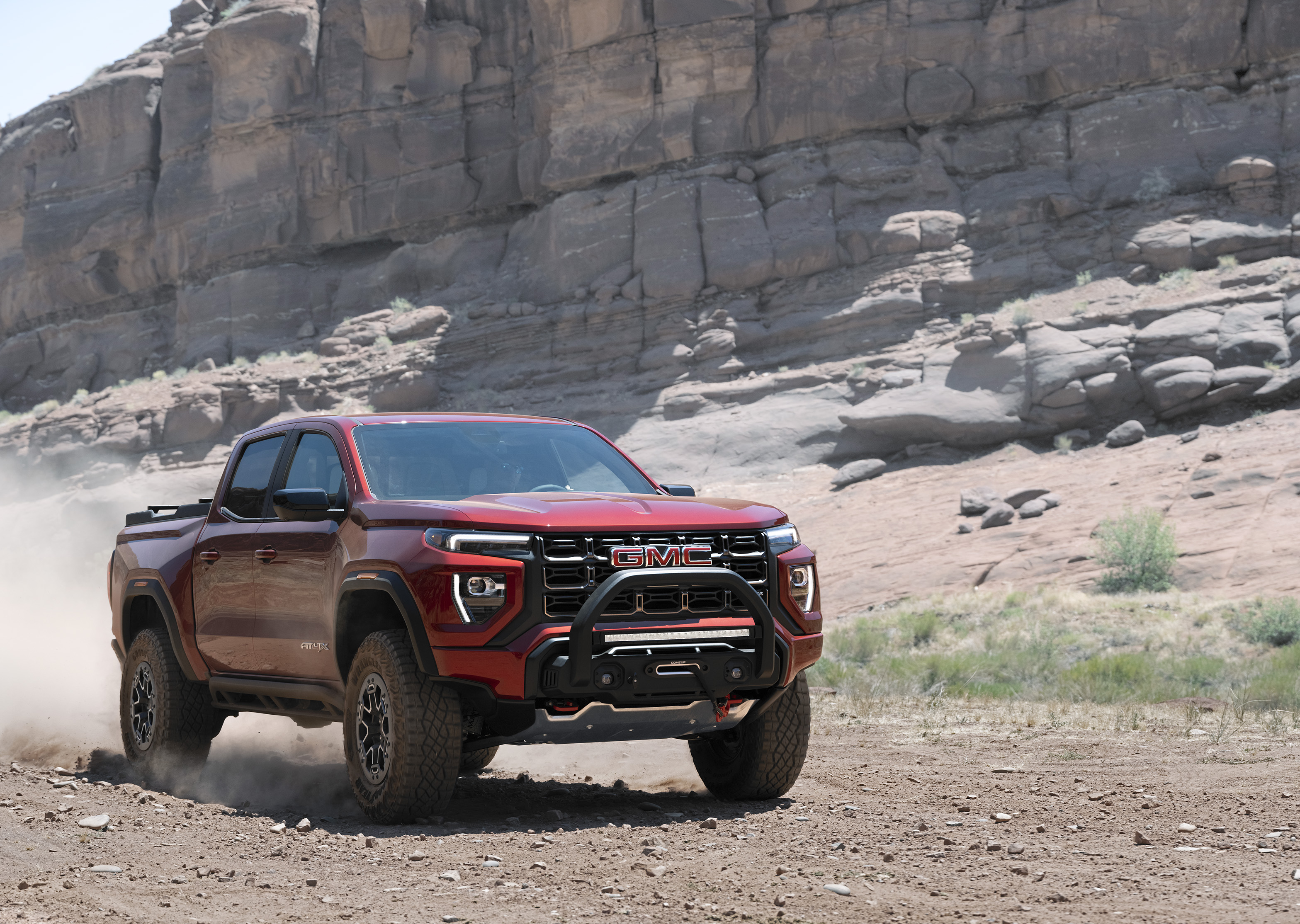The primary role of the US Army’s Apache AH-64 attack helicopter is to attack aircraft and engage targets on the ground such as tanks. The first extensive use of the Apache was in Operation Desert Storm. The Apache employs a wide range of offensive and defensive capabilities including “Hellfire missiles,” to destroy enemy early warning radar and Surface to Air Missiles (SAM).
Since their introduction in 1986, Hughes Helicopter has produced more than 1,200 Apaches for use by the United States, Japan, Israel, Egypt, the Netherlands, Greece, Singapore, Taiwan and others.
Design of the AH-64 Apache
The AH-64 Apache has four-bladed main and tail rotors and is powered by two T700 turbo shaft engines manufactured by General Electric and Rolls Royce. The Apache cockpit carries a pilot and copilot separated by heavy shielding to increase the chance one pilot will survive a direct hit of up to 23-millimeter rounds.
The Apache includes 2,500 pounds (1,100kg) of protective armor, a self-sealing fuel system and is built to meet MIL-1290 crash requirements which stipulate crash impact energy attenuation to minimize injuries and fatalities. The Apache is designed to operate day or night and in bad weather conditions.
One of the most recognizable features of the Apache is its helmet mounted display or Integrated Helmet and Display, Sighting System (IHADSS); the pilot or gunner aims the helicopter’s 30 mm M230 machine gun with eye movements.
Apache Helicopter “Platform”
The Apache helicopter has become a “platform” over its three decades of service. The airship is basically a plug-and-play technology. For example, recent advancements in laser technology, such as Northrup Gruman’s Directional Infrared Countermeasures (DIRCM) system can be mounted to a sub-wing on the Apache and thwart heat-seeking missiles.
The following video shows the Apache performing a “loop” maneuver.







